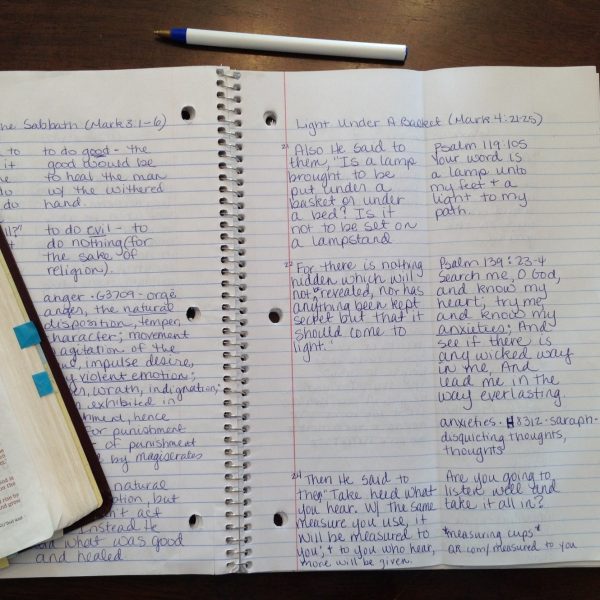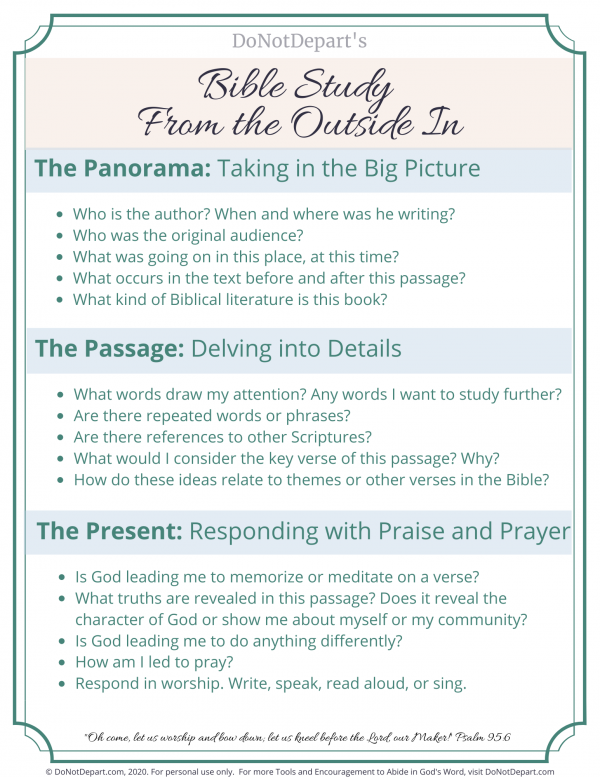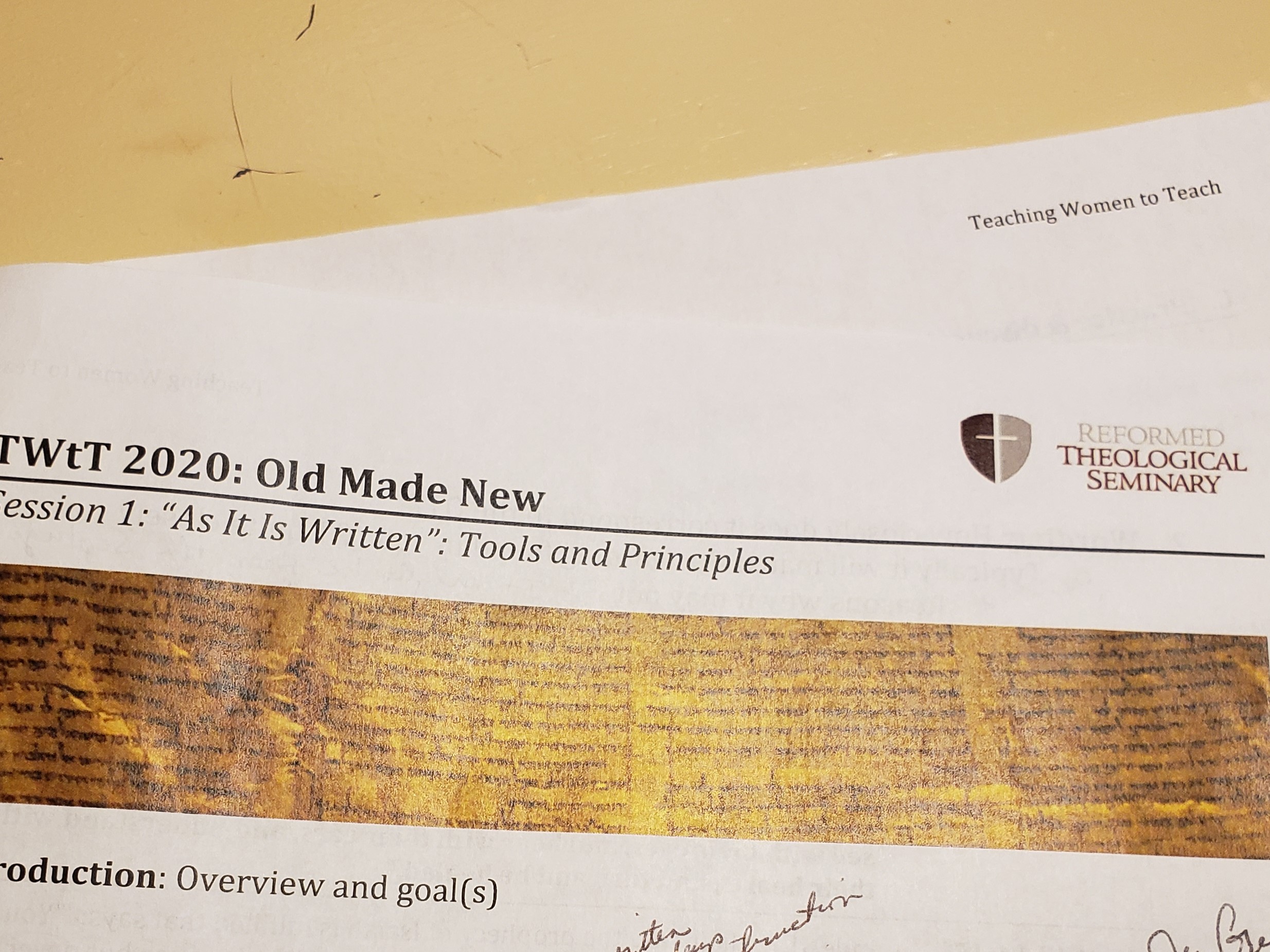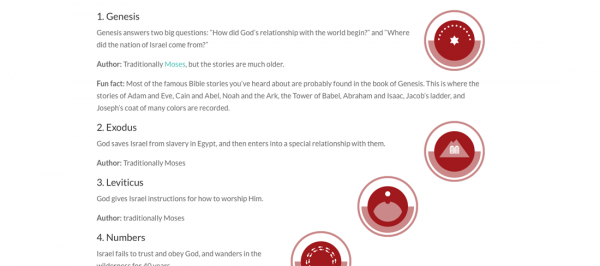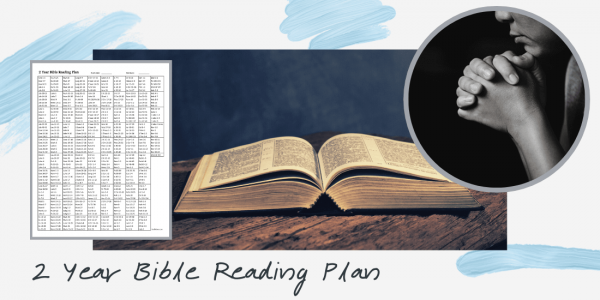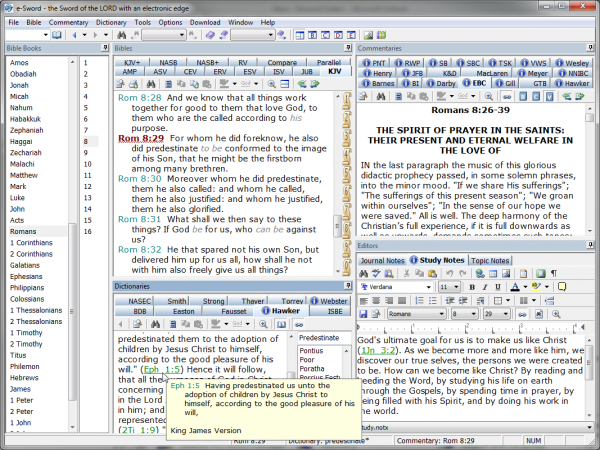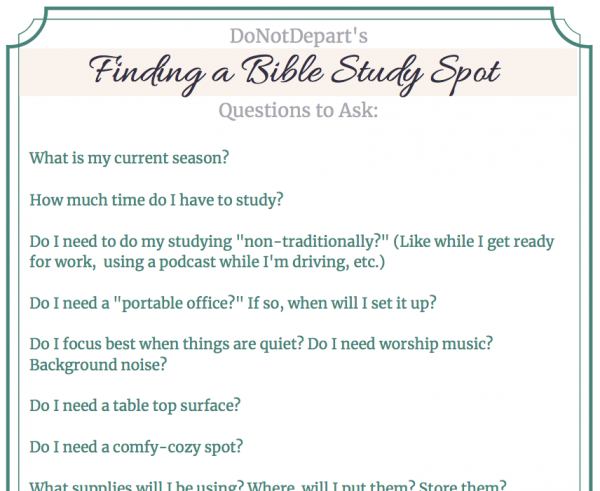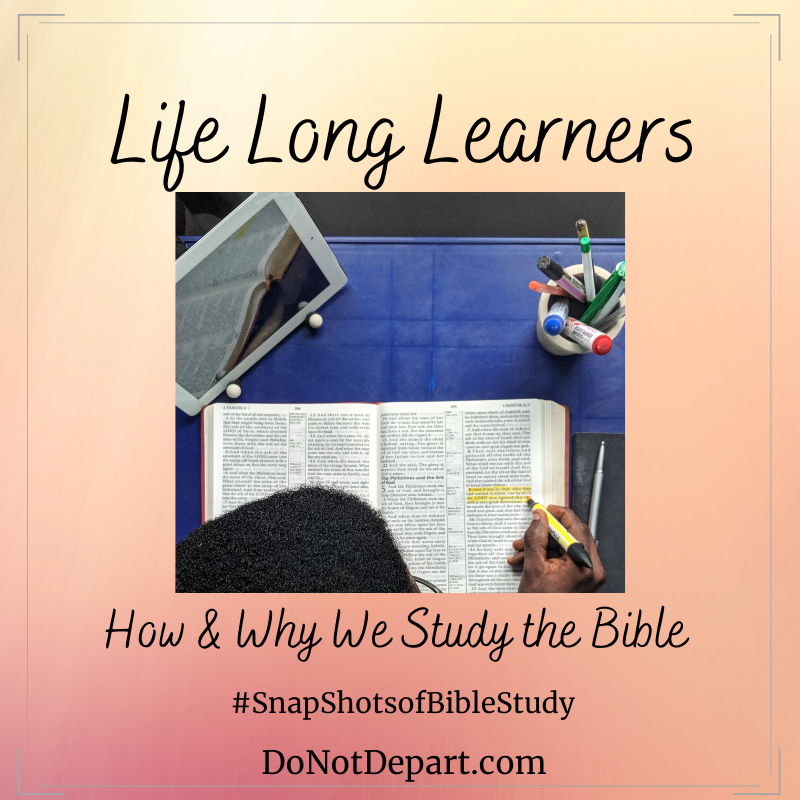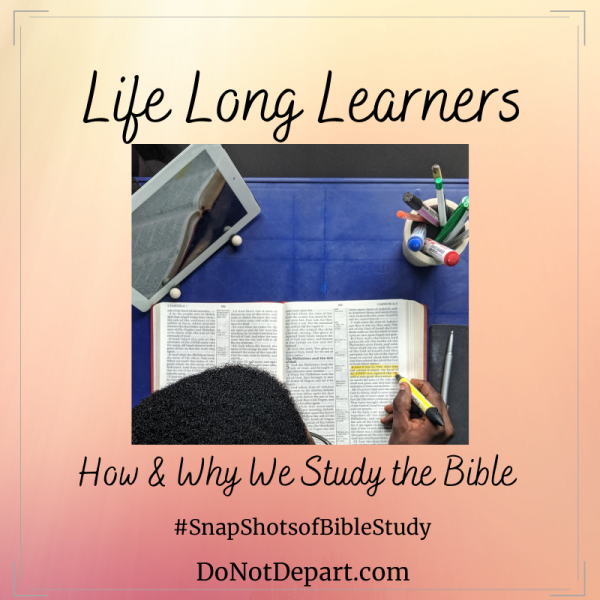How Do You Want to Be Treated?
When I’m sick, I don’t want people hovering over me. I don’t want to answer phone calls about how I’m doing. I don’t want to report my pain levels every hour to update my condition.
So when others are sick, I assume that’s how they want to be treated too.
But that’s a risky assumption.
In our memory verse for this week, Jesus is telling His followers to treat others like they would want to be treated.
“So whatever you wish that others would do to you, do also to them, for this is the Law and the Prophets.”
Matthew 7:12
We’ve labeled it the Golden Rule. But what exactly does it mean? Was Jesus telling them to do the exact things they’d prefer themselves?

Therefore Is There For…?
Matthew 7:12 begins with “So,” or as other translations put it, “Therefore.”
So let’s take a few steps backwards to see what “therefore” is there for.
In the previous eleven verses we’ve been memorizing, Jesus is explaining how love behaves.
Dallas Willard lays it out like this in his book Divine Conspiracy.
“In the previous verses (1-11) agape love has been concretely illustrated in three ways:
1. Not condemning of blaming those around us (vv. 1-5).
2. Not forcing ‘wonderful things’ upon them (v. 6).
3. Just asking for what we want from them—and from God (vv. 7-11).”
At times, it may feel like a risk to treat others this well.
- Maybe they’ll take advantage of our goodness.
- Maybe we don’t know what they really need.
- Maybe we don’t want to put ourselves in their shoes to find out.
But the more we learn to trust God for what WE need, the more we can learn to give others what THEY need. We’re in the sweet spot. We get our own needs met from God as we meet the needs of others.
Treat Others Well
As we want our own needs to be met, let’s meet the needs of others. It might not look exactly the same from person to person. While I prefer a hands-off approach to caring for me when I’m sick, someone else might prefer the exact opposite. If I’m to fulfill the Golden Rule, I give them what THEY need, because I would want them to give me what I need when it’s my turn.
Lean on grace to do it. It’s the only way we can succeed. Without the love of God operating in us, this summation of God’s law is too hard for us.
When we ask God for grace and love for others, He won’t give us the equivalent of stones or serpents (Matthew 7:9-10). He’ll give us what we need so we can pass grace along to the next person.
Let’s continue asking God for courage and compassion to live out the Golden Rule to treat others as well as we would want to be treated, however that looks.


